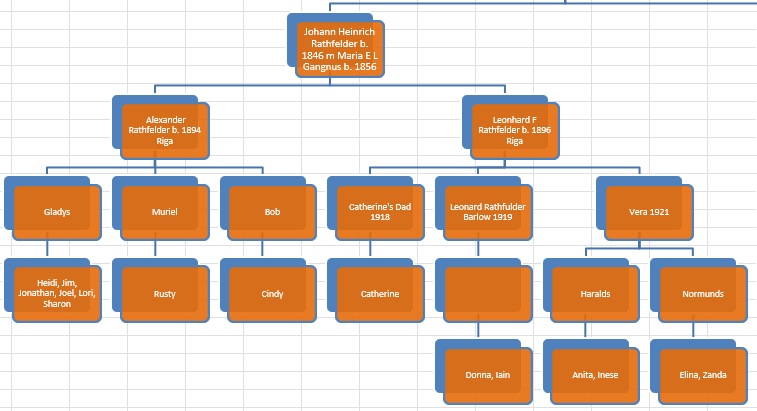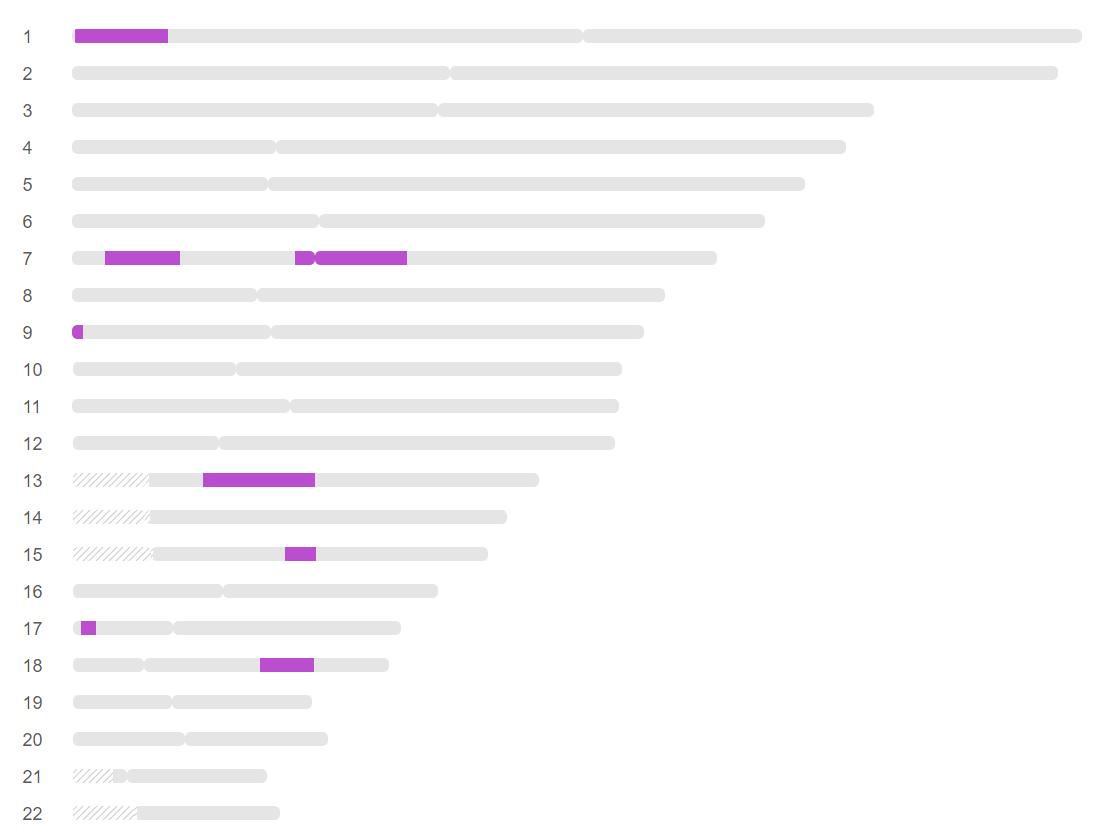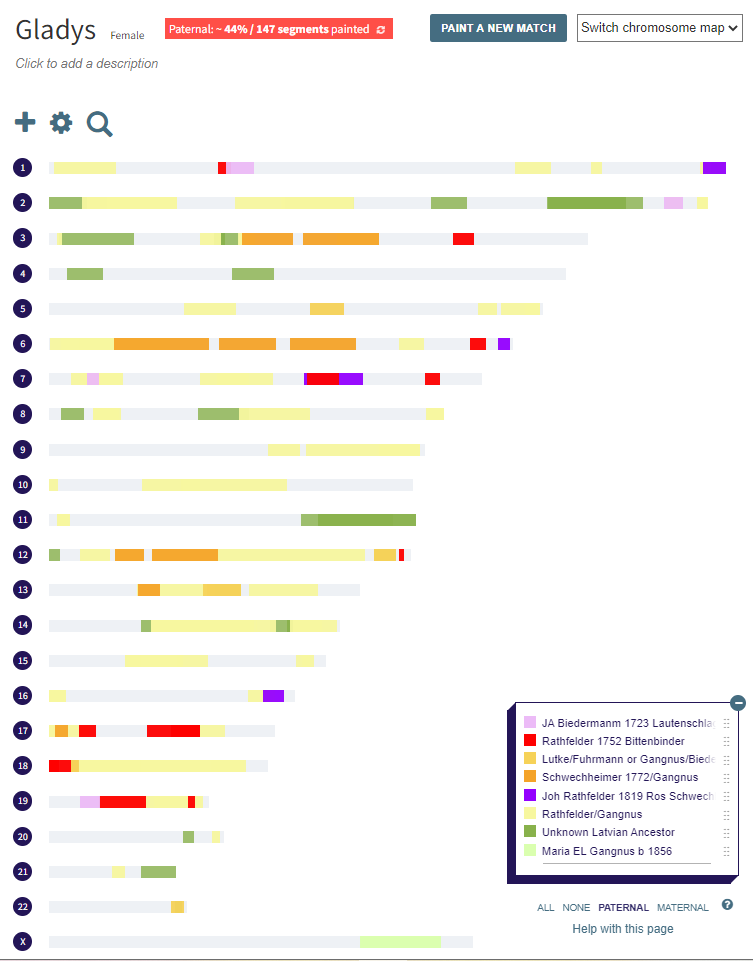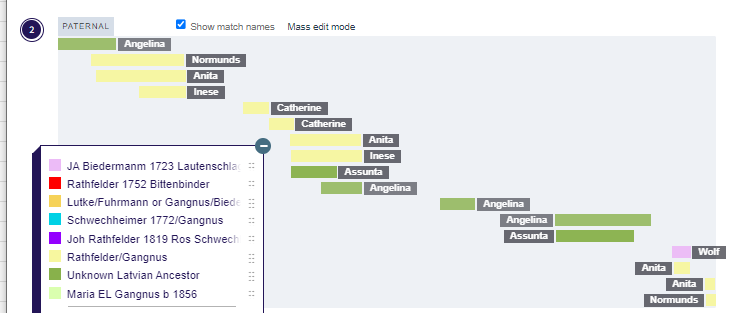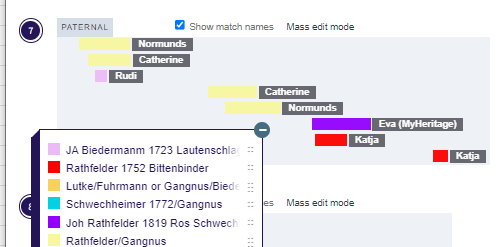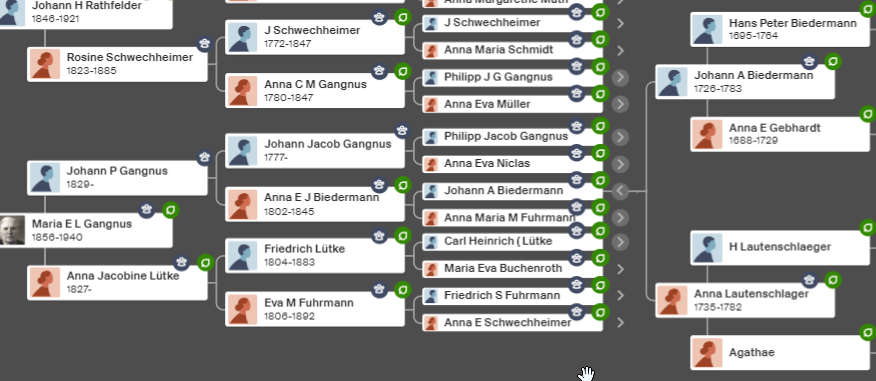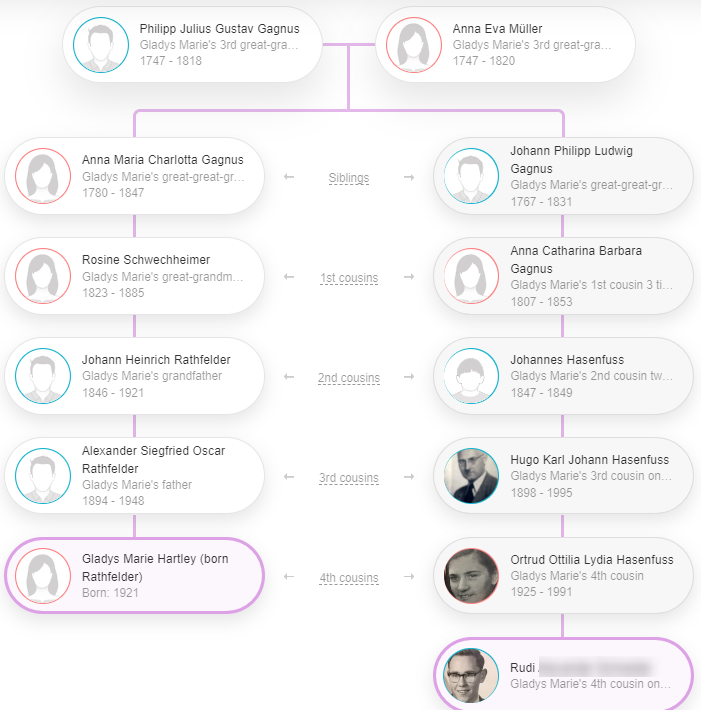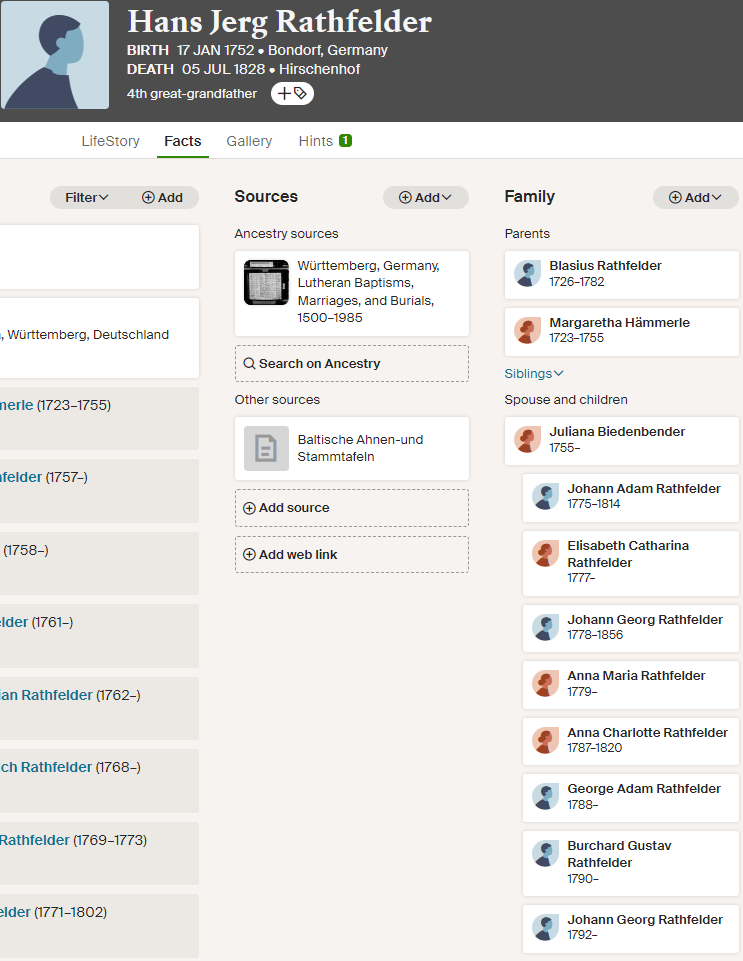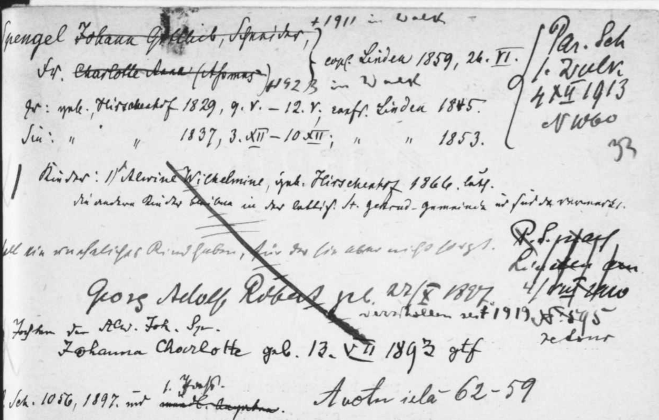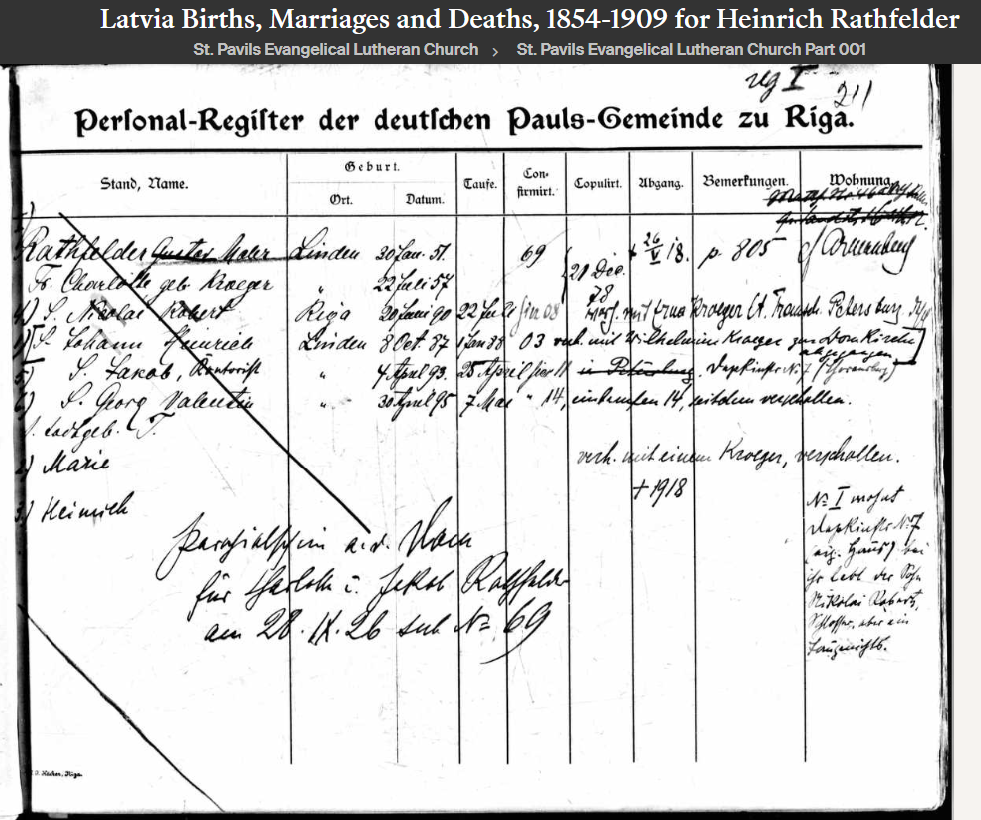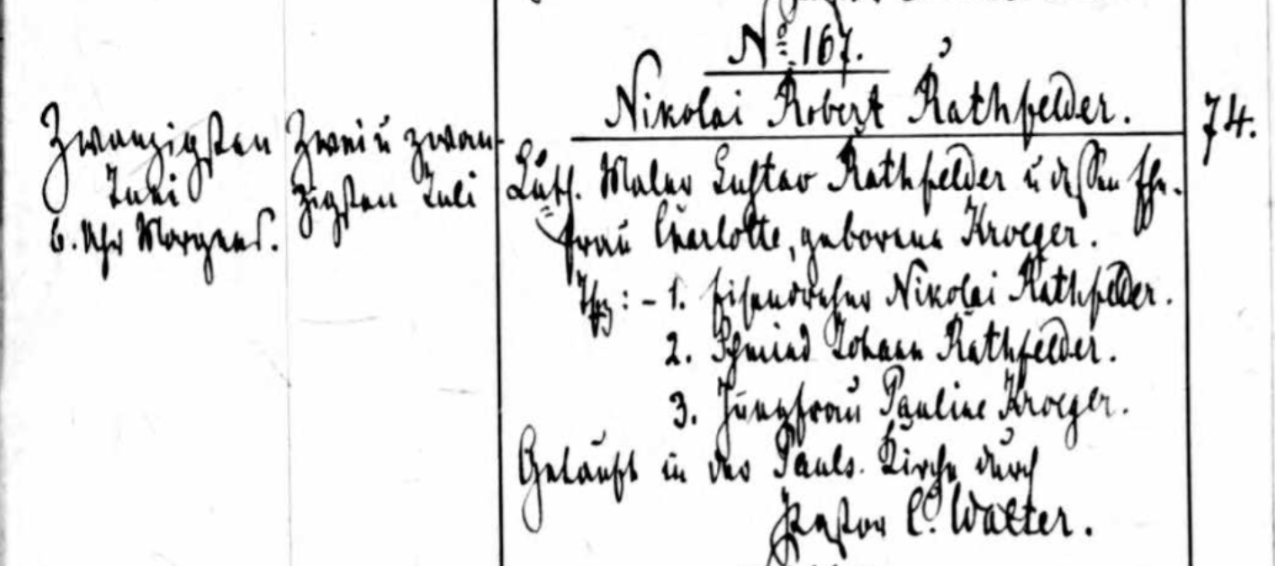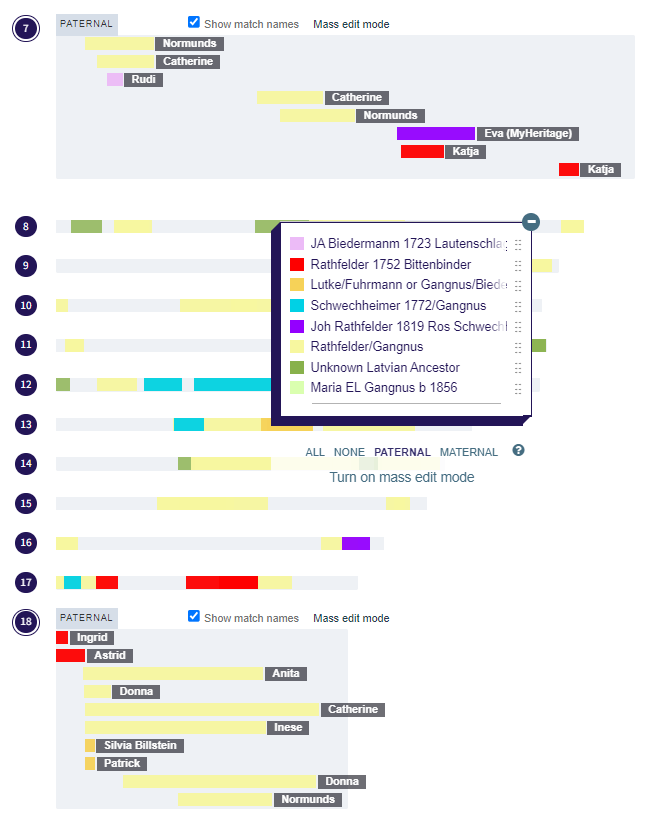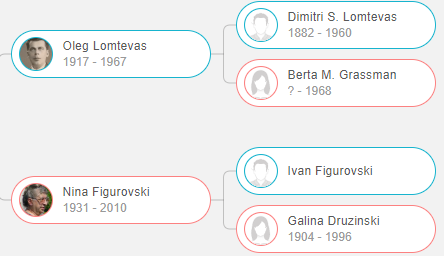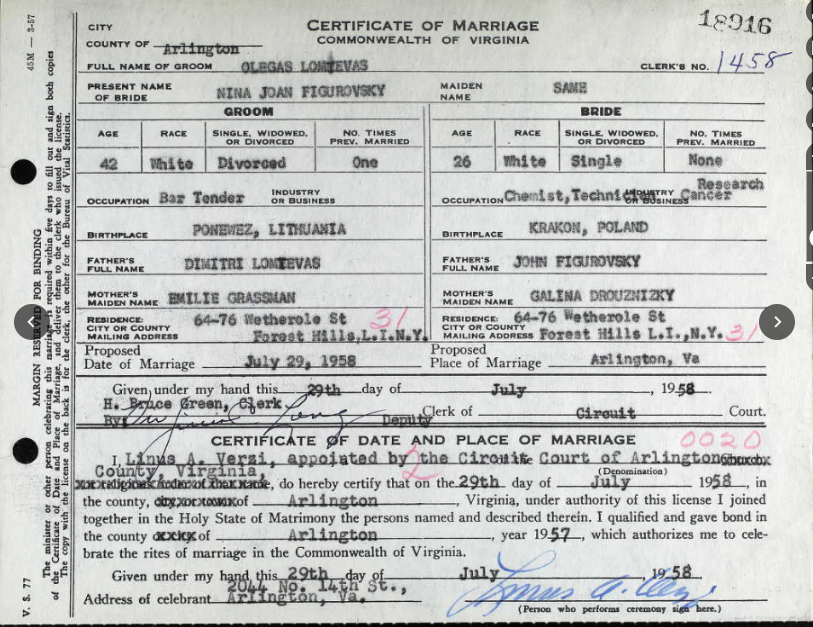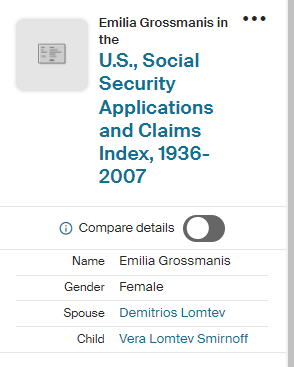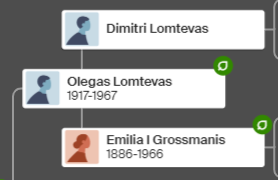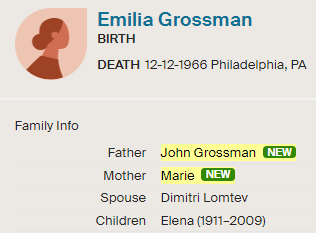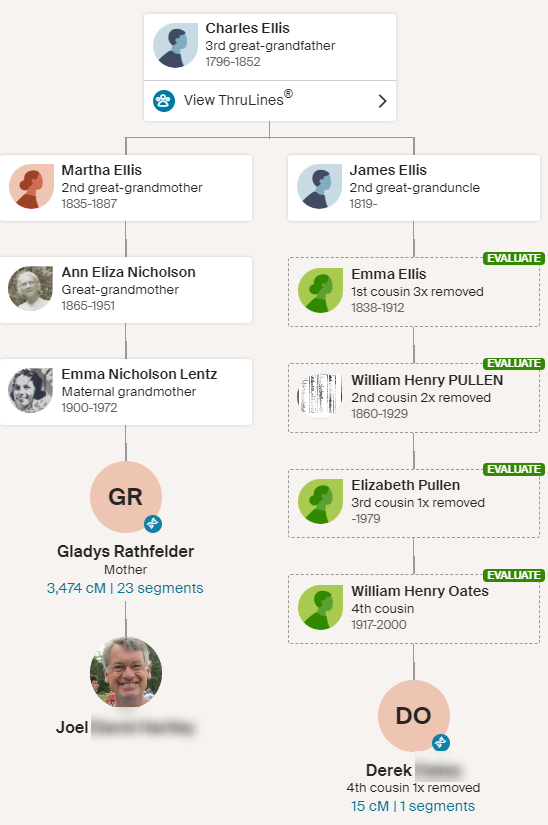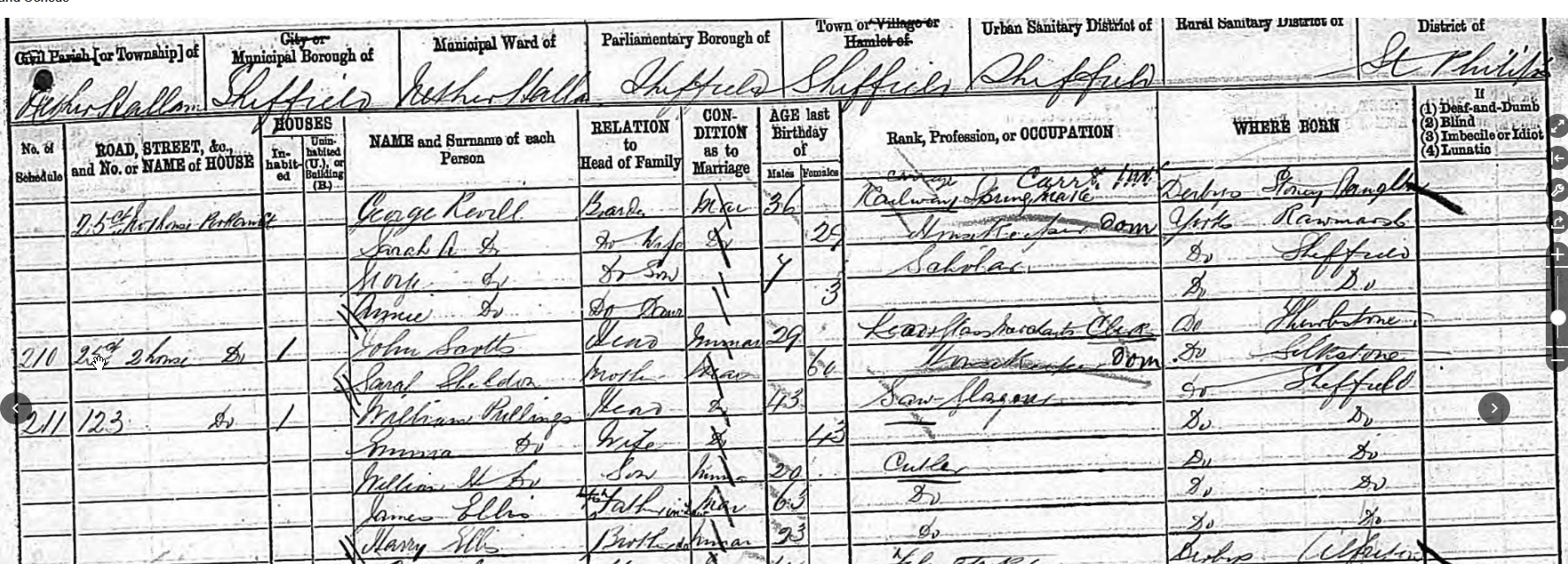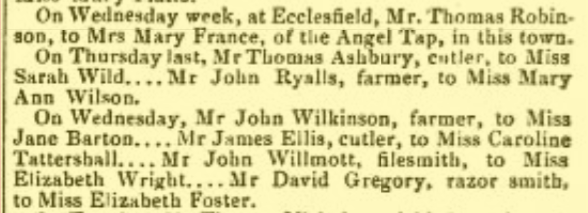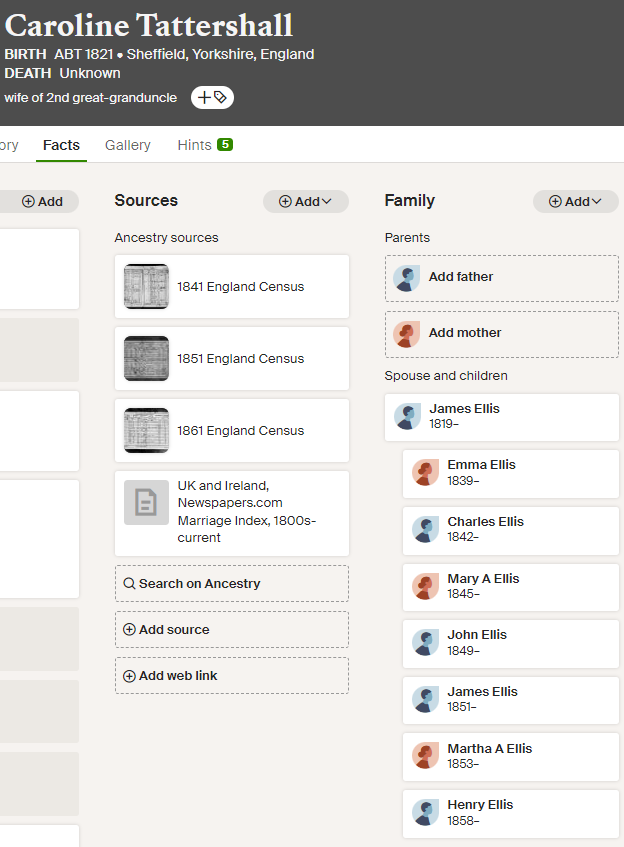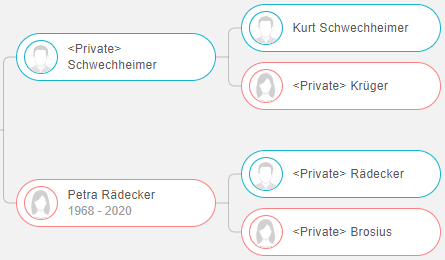New results are in for a Hartley YDNA 111 STR test. These STR tests were in included in a BigY test. The BigY test results are not in yet. There are different Hartley YDNA lines, but this is the line that my Hartleys are on (and several other Hartleys). Here are the new results:

This image is from the Hartley YDNA Project page at FTDNA. The new tester is the one at the top. The tester has ancestry in common with Roger Hartley born 1628 and died 1714. This is an important line as it represents the oldest verifiable Hartley line in this group of Hartleys. This group of Hartleys were originally Quakers. They were persecuted, so they left Lancashire County England for Pennsylvania where Quakers were welcome. That doesn’t mean that the other lines descended from this line, but that this line is closer to a Hartley common ancestor. The two tests on the bottom are for myself and my brother, so R-FT225247 represents a newer YDNA Branch.
Some Hartley Genealogy
Here is a tree I worked out for the Quaker Branch of the Hartley family:

John Robert is the new tester. Assuming I have the tree right, he shows as 6th cousin to Lawrence and Ross and 7th cousin to Michael. At the 111 STR level, John’s two closest matches are with Lawrence and Ross. John shows as a three step difference to these two. Michael does not show up. He took the older BigY 500 test which did not include the 111 STR test at the time. Lawrence took the newer BigY 700 test. Ross took the 111 STR test without the BigY test. The above tree shows Lawrence and Ross to be third cousins to each other.
John’s YDNA STR Matches at the 111 Level
Here are John’s matches of those Hartleys who have tested to the 111 STR Level:

Lawrence and Ross are at the top of the list. Interstingly, I am on the list but my brother Jimmy is not. He must have one more difference which put him over the top of what is reported. All the above have the Hartley surname except for Wolka. This likely means that this Wolka line was at one time a Hartley line.
A 111 STR Tree for Hartleys
Again, these are for the Hartleys in my group. These are the 9 people that are in the Hartley YDNA Project at FTDNA. Ross and Wolka are not in that project, so they are not represented below. When I look at the STRs that have changed within the Hartley group, they are these:

When creating a tree, the easiest way is to assume that the mode is the oldest value of the STR. When I color the outliers, they look like this:

This chart represents 8 Hartleys and one Mawdsley. The bottom two lines are myself and my brother. I moved John Robert next to Lawrence. These two are above my brother and me. They descend from the older Quaker Hartley Line.
Looking at just the Quaker Line of Hartleys, I see this:

These are the three differences between John and Lawrence in that line. John has a DYS390 value of 24 and a DYS549 value of 12. Lawrence has a DYS641 value of 11. As these are unique to the Quaker Line, they are most likely mutations within that line:

This image is meant to show that somewhere along the Anthony Hartley line, these two STRs appeared which are unique to that line. Likewise, sometime along the Joseph Hartley line a unique value for one STR occurred which describes that line. Unfortunately, I don’t have Ross’ results as he is not in the Hartey FTDNA YDNA Project.
STR Structure within SNP Structure
There are two aspects to YDNA testing. One is STRs and the other is SNP testing. The SNP testing is less subject to interpretation. This is because STR values can go up and/or down whereas a SNP mutation is a single mutation. As such, the SNP is more useful for creating trees.
Here is the reliable SNP tree from my perspective:

John Robert’s BigY results have not yet completed, but his results should be within R-A16717 based on genealogy. So far all Hartleys in this Line are under A11134. The connection for Mawdsley goes further back in time – probably before the time when surnames were finalized.
Two Models for Hartley STRs
In a Blog I wrote earlier this year, I considered two different models to explain the STRs:

and,
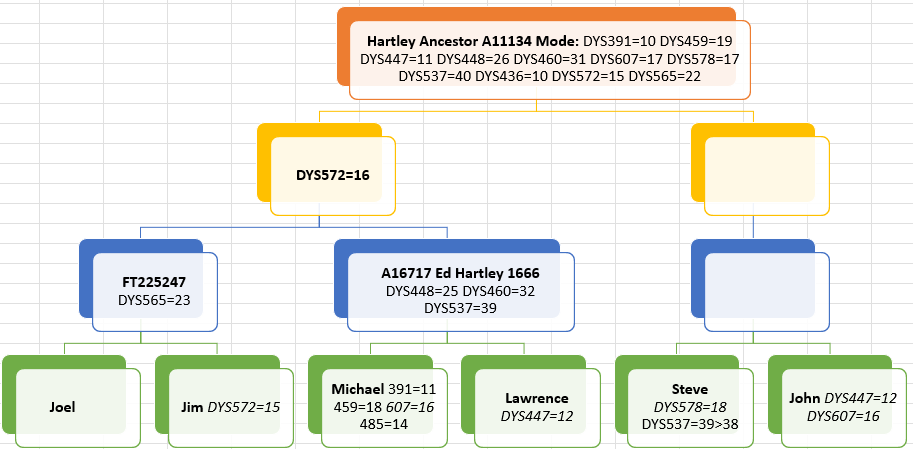
In these depictions, I didn’t mean to show that Steve and John have a more recent common ancestor. They should have their own separate lines from the early Hartley ancestor. The boxes were added place them on an equal footing with the other Hartleys. Here is a better representation:
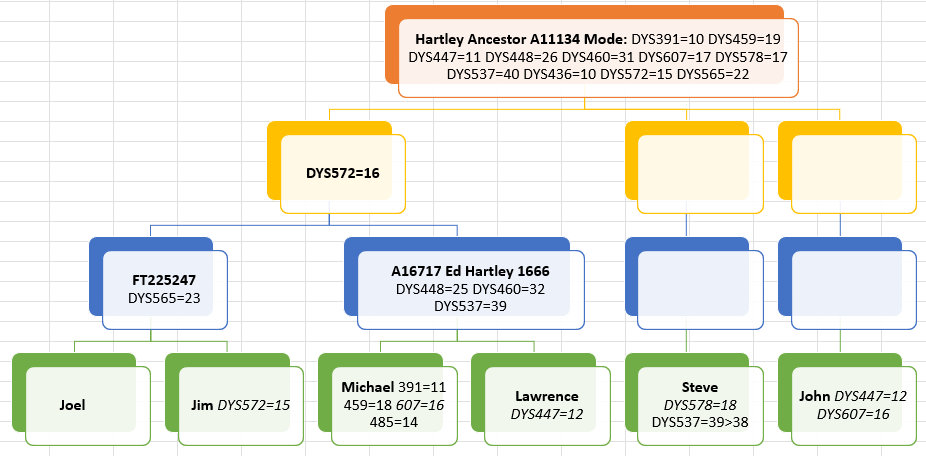
It also appears that what I had as DYS572 should actually be DYS534:

It is easy to get confused with 111 STRs. Here is a corrected version of the first tree:

FTDNA’s New Time Tree
FTDNA has a new representation for those who have taken the BigY test:

The person at the top right is a Smith. The common ancestor between Smith and our Hartleys was around the year 500. This was certainly before the time of surnames in England. The next person going down the column is Mawdsley. The common ancestor between Mawdsely and the Hartleys was some time around the year 1100, though the dashed line gives a larger range. Assuming the year of 1100 is correct, I would say that common ancestor lived before the age of surnames also.
The next 6 are Hartleys who have taken the BigY test. From the Time Tree above, we see that all Hartleys are R-A11134. These Hartleys had a common ancestor who lived probably in the 1400’s. Actually, it looks like these had a common ancestor, but they really had a common SNP. This SNP could have occurred within, say three generations on average. However, there was a Hartley who originally developed this particular mutation which was carried down all other Hartleys.
The two that are still R-A11134 are John and Steve. They have not had other matches yet which further define their lines. Chronologically, the next group is R-A16717. These are the Quaker Hartleys shown in my genealogical chart above. R-A16717 dates from the Time Tree from around 1550. By genealogy, the common ancestor from the group was born in 1666. That means that either the Time Tree is a bit early, or an ancestor of Edward Hartley born 1666 first had the mutation of R-A16717 (or a combination of both). Finally, I tested my brother and myself, so R-FT225247 represents my father who born in 1918.
Using SAPP to Generate a Hartley Tree
David Vance developed a software to analyze STRs. I’ll use this for the Hartleys in my group who are also in the Hartley YDNA Project at FTDNA:

This is the first time that I have used this tool. It uses STR testing of any length which is interesting. Also I did not put in information about SNPs. That would have been helpful to refine the tool. Here is the top box of the chart:

This is in line with the start of the Hartley surname. Here the year 1350 is given. The Time Tree based on SNPs gave a date about 75 years later. This method is a lot easier than trying to create a tree by hand. Next, I’ll look at my section:

I am on the right side of the tree. My brother and I are in the last two boxes on the bottom of the tree. Our common ancestor (our father) has a date of 1900 which is close to his birth year of 1918. The next one up on our branch is John Nicholas. He took the BigY test. I had thought that he would have formed a new Hartley SNP branch, but that did not happen.
The two other boxes are for Tim and Steve. Steve has also taken the BigY test. My guess is that Tim is Steve’s brother as the common ancestor date given is around 1950.
A Second Run of SAPP
My first run showed that I had 112 STRs for some testers, so I ran the program again using the Notepad software for the results as suggested in the instructional video. This time I came out with 111 STRs:

Above, the number of STRs are shown in bold blue on the diagonal.
Here is the corrected SAPP Tree:

This tree now shows five brances from the top instead of four and now the STR names are correct:

This now shows that the difference between my brother and me is STR 534. The program interprets that it was I that had the mutation to 16 from the ancestral value of 15. This new tree also has my brother and I having a common ancestor with John Nicholas in the year 1700.
The Quaker Hartley STR Testers and One Other Hartley Tester
These four are on the left side of the newer tree:

Here the bottom middle person is John Robert. That means that this is the Quaker Line of Hartleys. An older date of 1450 AD is given for the common ancestor. Michael, John Robert and Lawrence are in the bottom row. Because Michael has so many mutations, I believe that they set the common ancestor date back to 1450.
Confusingly, the person in the top left is another John Robert (not the subject of this Blog). He only tested for 37 STRs and is shown in a branch by himself.
Mawdsley

I cut the first number off of Mawdsley’s ID by mistake. He was grouped with Gary. This probably should not be so as I presume that Gary is A11134 and Mawdsley is A11132
A Hartley SAPP Tree with SNPs Added
Before I go too far with the current SAPP tree, I would like to add some SNP information to the current tree, to see if that refines the tree at all. I added these SNPs:
473291 A11132*
372104 A11134*
293533 A11134*
117349 A16717*
617805 A16717*
757486 FT225247*
275990 FT225247*
The astierix indicates that the named SNP is the current terminal SNP for the tester.
Here is how SAPP interpreted my input:

This looks correct to me. Here is the new SAPP Tree:

Here we are back to four branches. However, the second branch is quite large and includes all those known to be in A11134. The first branch is the John Robert who is not in the Quaker Line. The box at the top represents A11132 which includes Mawdsley. This tree assumes that for the non-BigY tested Hartleys, we don’t know whether or not they are A11134.
The Quaker Line
I like the branching better with the new configuration:

This puts John Robert and Lawrence in one branch and Michael in another which parallels what we have for the genealogy:

This puts Thomas Hartley born 1700 at Node #19 and Edward Hartley born 1666 at Node #20.
My Hartley Group
This SAPP Tree puts me in a new group:

Again, my closest match by the SAPP Tree is with John Nicholas. Based on the Tree, we have a common ancestor born around 1700. If that is correct, then there is a chance we could find a common ancestor using genealogical research. Also on this branch are Steve and Tim. According to this tree, our common ancestor would be further back (around the year 1600). I tend to think that a common ancestor with John Nicholas and myself in 1700 is unlikely.

This is because my SNP which is FT225247 includes a total of 7 SNPs and the beginning of that SNP group should start about the same time as A16717. The SAPP Tree has A16717 starting around the year 1550.
An Unlikely Node #23

Here Node #23 is dated at 1950. However, there are 6 STR changes beneath it for Mervin. Normally one person would only have one STR change. Beneath Node #15 are Joseph and Robert. These two appear to be brothers, but they have only tested to 12 STRs. That means that they could actually be dsitantly related.
The Mawdsley Group

As before, Mawdsley and Gary are grouped together for some reason.
One More SAPP Tree without Mawdsley
I’ll take out Mawdsley as he is from a SNP group which is further back in time:

This gives a slightly different variation.
Comparisons with a 2021 Analysis
At the end of last year, Robert Casey did an analysis of Z16343. This is the parent SNP group of the Hartleys:

I added arrows to where the Hartleys are. Here is a closeup:

Casey uses a designation of A11132>. I assume that means he believes that all Hartleys should be A11132 at the top of their tree. He also has a designation of <FT225247. This is my terminal Haplogroup. I assume that designiation means that these should be upstream of FT225247. Finally, my brother and I are at FT225247 which I assume means our terminal Haplogroup. Note that this analysis was done before the Haplogroup of A16717 came out for the Quaker Hartleys of Lancashire and Pennsylvania.
Michael is in the branch at the top left. That is now A16717. Several Hartleys are missing from the analysis. Under Node #91 is John Nicholas. Under Node #85 are Gary and Lawrence. That is probably not right as I have that Gary is not part of the Quaker Hartley group. Steve is under Node #94. Then my brother Jim and I are bottom right.
Summary and Conclusions
- While waiting for the BigY results of John Robert of the Hartley Quaker Line, I looked at his 111 STR results
- Ross from the Quaker Line and a Wolka are not in the Hartley FTDNA YDNA project, so I didn’t include them in the anlysis
- On the Quaker Line, it is farily easy to see which STR mutations go with which branch of that Line
- I looked at the SAPP Program which analyzes STRs
- When I added SNP information, the program gave a more accurate rendering of the Hartley Quaker Line for some reason
- There were some parts of the program which didn’t make sense, so even though the SAPP Program is very easy to use, there is still a need for manual construction of STR Trees
- SNPs are much more accurate than STRs. However, not all Hartleys have taken the BigY test
- Further BigY testing of Mervyn, Gary, John Robert and Wolka would be helpful in understanding the history of this branch of the Hartley family











































